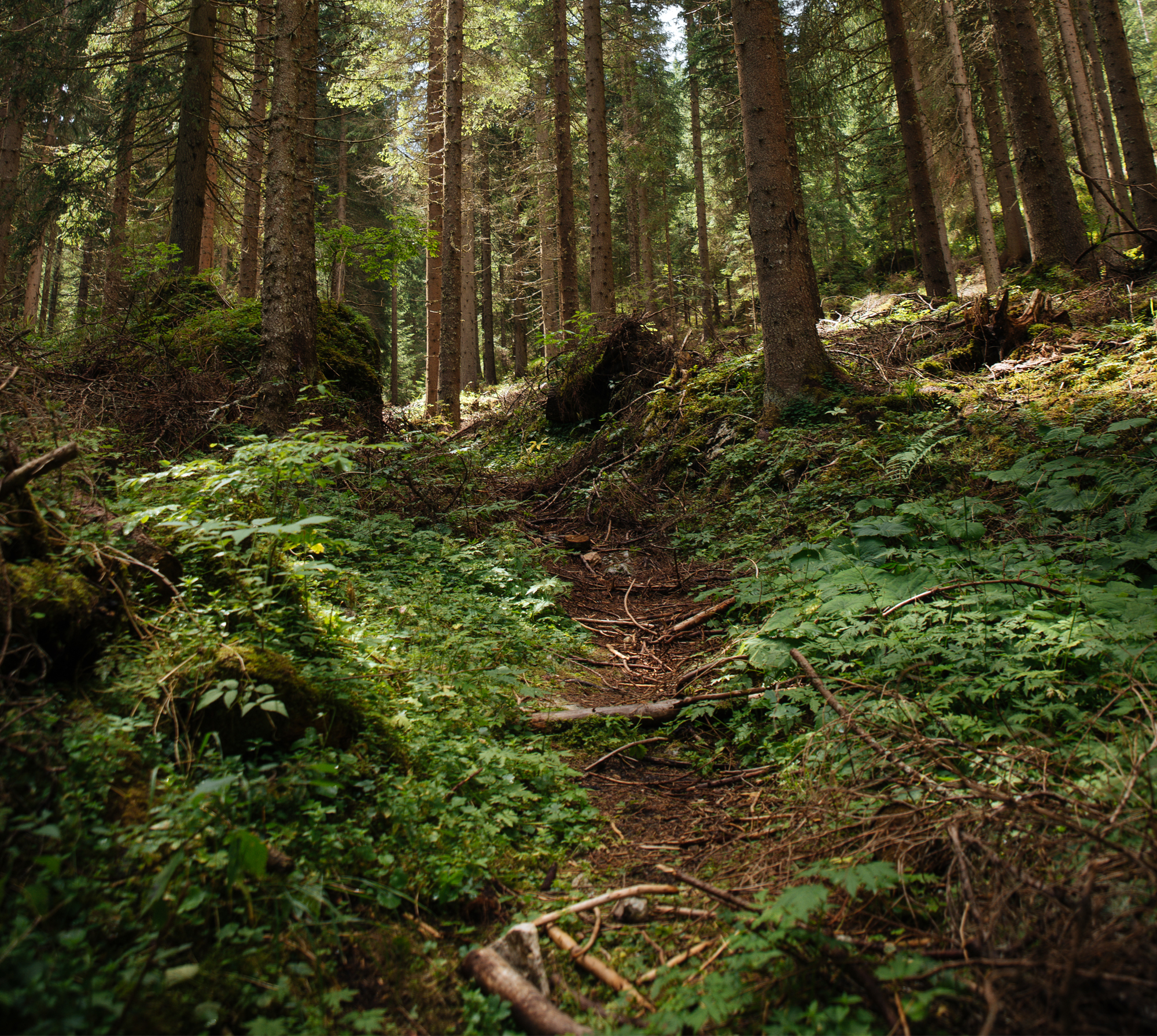
Modelling changes in forest soil chemistry in the oldest spruce stands in the Potok Dupnianski Catchment in Southern Poland using ForSAFE model
Autorzy
-
Stanisław Małek
University of Agriculture in Krakow, Faculty of Forestry, Department of Forest Ecology and Reclamation, al. 29 Listopada, Kraków, Poland
e-mail: stanis.malek@gmail.com - Salim Belyazid Belyazid Consulting and Communication AB, Stationsvägen 13, 51734, Bollebygd, Sweden
- Harald Sverdrup Lund University, Department of Chemical Engineering, P.O Box 124, 221 00 Lund, Sweden
Abstract
The dynamic forest ecosystem model ForSAFE was applied to the oldest spruce forest stand in a forested catchment – the Potok Dupnianski (southern Poland), to study changes in forest soil chemistry and possible recovery from acidification following changes in atmospheric deposition. The simulation shows a considerable historical acidification. The model uses data from intensive monitoring of a plot established in 1999 in a spruce stand which was planted in 1880. Observations showed that stand soil was depleted of base cations. Percent base saturation measured in 1999 was between 5–8% in different soil layers. Notwithstanding large emission reductions in the region, forest ecosystems in the Potok Dupnianski still suffer from very high loads of acidifying input. Soil recovery depends on future emission, and especially on base cation and nitrogen deposition. While higher base cation deposition will promote recovery, continual elevated nitrogen deposition in the future may delay recovery owing to its interference in the biogeochemical cycle (e.g. by increasing base cation uptake from the soil).
Keywords
| DOI | |
|---|---|
| Source | Folia Forestalia Polonica, Series A – Forestry |
| Print ISSN | 0071-6677 |
| Online ISSN |
2199-5907 |
| Type of article |
original article |
| Original title |
Modelling changes in forest soil chemistry in the oldest spruce stands in the Potok Dupnianski Catchment in Southern Poland using ForSAFE model |
| Publisher | The Committee on Forestry Sciences and Wood Technology of the Polish Academy of Sciences and the Forest Research Institute in Sekocin Stary |
| Date | 14/12/2012 |
- Małek S., Belyazid S., Sverdrup H. Modelling changes in forest soil chemistry in the oldest spruce stands in the Potok Dupnianski Catchment in Southern Poland using ForSAFE model
- Ballian D., Dautbašić M., Božič G. Comparative indicators of genetic variability and bark beetle infestation intensity in populations of norway spruce (Picea abies (L.) Karst.) in Bosnia and Herzegovina
- Milenković I., Keča N., Karadžić D., Nowakowska J., Borys M., Sikora K., Oszako T. Incidence of Phytophthora species in beech stands in Serbia
- Wojterska M., Jagodziński A., Skorupski M., Kasprowicz M., Dobies T., Kałucka I., Sławska M., Wierzbicka A., Łabędzki A., Nowiński M., Małek S., Banaszczak P., Karolewski P., Oleksyn J. Species diversity related to red maple (Acer rubrum L.) occurred on experimental stands in Rogów Arboretum (Poland)
- Heydari M., Ali S., Ali M., Mostafa A. Effects of different fire severity levels on soil chemical and physical properties in Zagros forests of western Iran
- Genetics of Fagaceae and Nothofagaceae. The IUFRO working group „2.08.05”, October 9– 12, 2012

